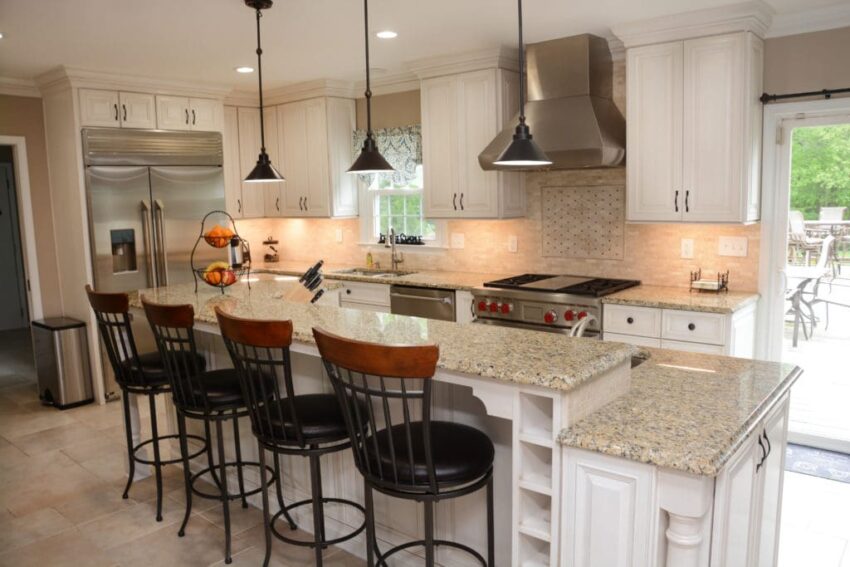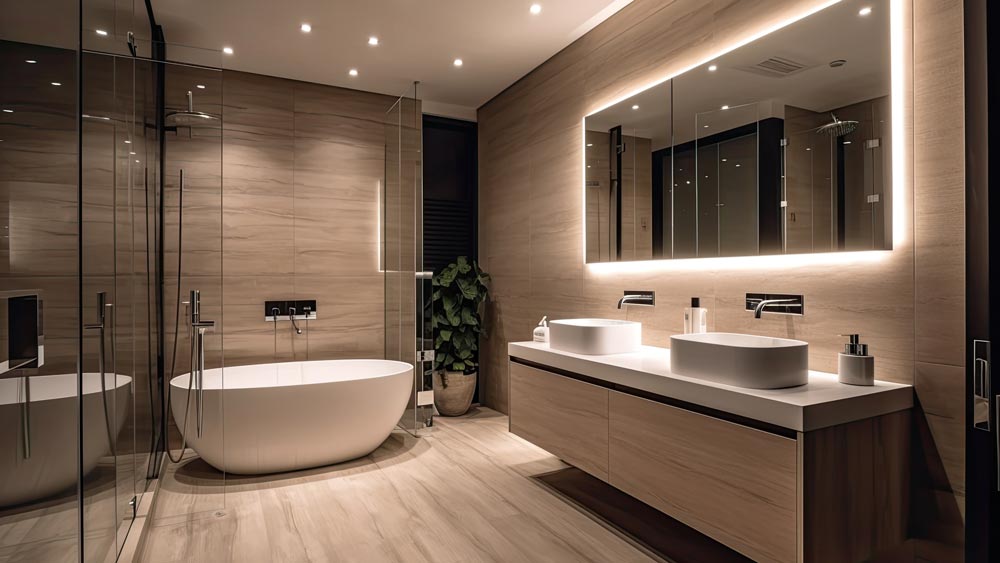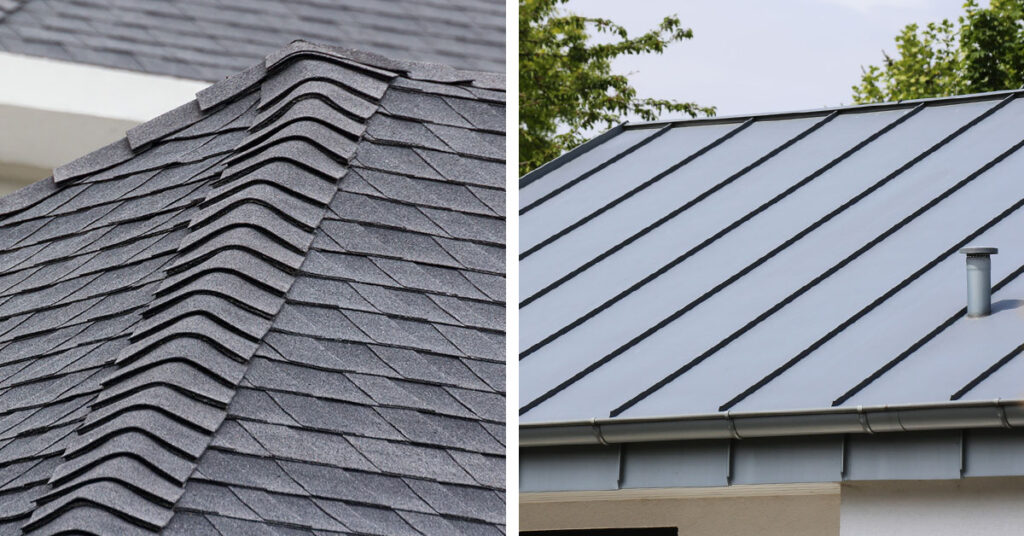Section 1: Understanding Your Needs and Goals
Kitchen remodeling is a significant undertaking, and choosing the right approach depends on your unique needs and goals. Start by identifying the scope of your project. Are you looking to make minor updates, like painting cabinets and replacing hardware, or are you planning a complete overhaul that involves structural changes and new appliances?
Next, determine your budget. DIY projects can save on labor costs but might require more time and effort. Professional remodeling typically involves higher costs due to contractor fees and materials but can offer high-quality results and efficient project management.
Assess your skills and experience. Do you have the necessary knowledge and tools to tackle a kitchen remodel, or would you benefit from the expertise of professionals? Finally, consider your time constraints. Remodeling a kitchen, whether DIY or professional, requires a significant time investment. Make sure you have the availability to dedicate to the project.
Section 2: DIY Kitchen Remodeling
Pros of DIY Remodeling
- Cost Savings
- One of the most significant advantages of DIY kitchen remodeling is the potential for cost savings. By eliminating labor costs, you can allocate your budget to higher-quality materials or additional upgrades.
- Personal Satisfaction and Customization
- DIY remodeling allows you to infuse your personality and style into the project. You have complete control over the design and can make changes as you go.
- Flexibility in Timing
- With a DIY approach, you can work at your own pace. This flexibility is particularly beneficial if you have a busy schedule or if you want to spread the project over several weekends.
Cons of DIY Remodeling
- Lack of Professional Expertise
- Without professional experience, you might face challenges in achieving the same level of quality as a professional contractor. Mistakes can be costly and time-consuming to fix.
- Potential for Costly Mistakes
- Errors in measurements, installations, or materials can lead to increased expenses. What might seem like a cost-saving project initially can become more expensive if significant mistakes occur.
- Time-Consuming Nature
- DIY projects often take longer than anticipated. Balancing the remodel with work, family, and other responsibilities can be challenging and stressful.
Suitable Projects for DIY
- Painting Cabinets and Walls
- Painting is a relatively easy and cost-effective way to refresh your kitchen. With some preparation and the right materials, you can achieve a professional-looking finish.
- Installing New Hardware
- Replacing cabinet handles, knobs, and other hardware is a simple task that can significantly impact the look of your kitchen.
- Simple Tiling or Backsplash Installations
- Installing a new backsplash or tiling a small area can be manageable for beginners. With careful planning and attention to detail, you can add a stylish element to your kitchen.
Section 3: Professional Kitchen Remodeling
Pros of Professional Remodeling
- Access to Professional Expertise and Experience
- Hiring professionals ensures that your kitchen remodel benefits from their specialized knowledge and experience. This expertise can lead to innovative design solutions and high-quality craftsmanship.
- High-Quality Results
- Professional contractors have the skills and tools to deliver precise, durable, and aesthetically pleasing results. Their work is typically backed by warranties, providing peace of mind.
- Project Management and Efficiency
- Professionals handle all aspects of the remodel, from obtaining necessary permits to coordinating schedules and managing subcontractors. This comprehensive management can lead to a more efficient and less stressful process.
Cons of Professional Remodeling
- Higher Costs
- The primary drawback of professional remodeling is the higher cost. Labor fees, along with potentially marked-up materials, can significantly increase the overall expense.
- Less Personal Involvement
- With professionals taking the lead, you may have less hands-on involvement in the project. This can be a downside if you enjoy DIY projects and want to be directly involved in the transformation of your space.
- Potential Scheduling Issues
- Coordinating with contractors can sometimes lead to delays, especially if unexpected issues arise. It’s essential to have clear communication and a well-defined timeline to mitigate potential scheduling conflicts.
Suitable Projects for Professionals
- Structural Changes
- If your remodel involves removing or adding walls, altering the layout, or expanding the space, professionals can ensure these complex tasks are done safely and correctly.
- Electrical and Plumbing Work
- Tasks involving electrical and plumbing systems should be handled by licensed professionals to ensure they meet building codes and safety standards.
- Custom Cabinetry and High-End Finishes
- Installing custom cabinets, countertops, and high-end finishes requires precision and expertise. Professionals can achieve the level of detail and quality that these elements demand.
Section 4: Case Studies and Examples
Example of a Successful DIY Kitchen Remodel
Jane and Mark decided to remodel their outdated kitchen on a tight budget. They painted the cabinets, installed a new backsplash, and replaced the hardware themselves. The project took several weekends, but they saved thousands of dollars. Their kitchen now reflects their style, and they gained valuable skills and confidence.
Example of a Professional Kitchen Remodel
The Smiths hired a professional contractor to remodel their kitchen. They wanted to remove a wall to create an open-concept space and update their appliances and countertops. The contractor handled all the permits and construction, completing the project within two months. The Smiths were thrilled with the high-quality results and the stress-free experience.
Lessons Learned and Key Takeaways
- DIY Projects: Can be cost-effective and rewarding but require time, patience, and some level of skill.
- Professional Projects: Provide high-quality results and efficient project management but come with higher costs and less personal involvement.
Section 5: Making Your Decision
When deciding between DIY and professional kitchen remodeling, consider the following factors:
- Evaluate Your Personal Situation
- Assess your skills, budget, and available time. Are you confident in your abilities to complete the project, or would you benefit from professional expertise?
- Balance Pros and Cons
- Weigh the advantages and disadvantages of each approach. Consider the scope of your project and whether it aligns better with a DIY or professional remodel.
- Seek Advice and Get Quotes
- Consult with professionals to get quotes and understand the potential costs involved. Compare this with your DIY cost estimates to make an informed decision.
- Final Decision-Making Tips
- Trust your instincts and make a choice that aligns with your needs, goals, and resources. Remember, both DIY and professional remodels can lead to beautiful, functional kitchens.
Conclusion
Choosing between DIY and professional kitchen remodeling depends on your unique circumstances. By evaluating your skills, budget, and time, and considering the pros and cons of each approach, you can make an informed decision. Both methods have their benefits, and the best choice is the one that fits your specific needs. Whether you take on the challenge yourself or hire professionals, the result will be a kitchen that enhances your home and meets your lifestyle.




